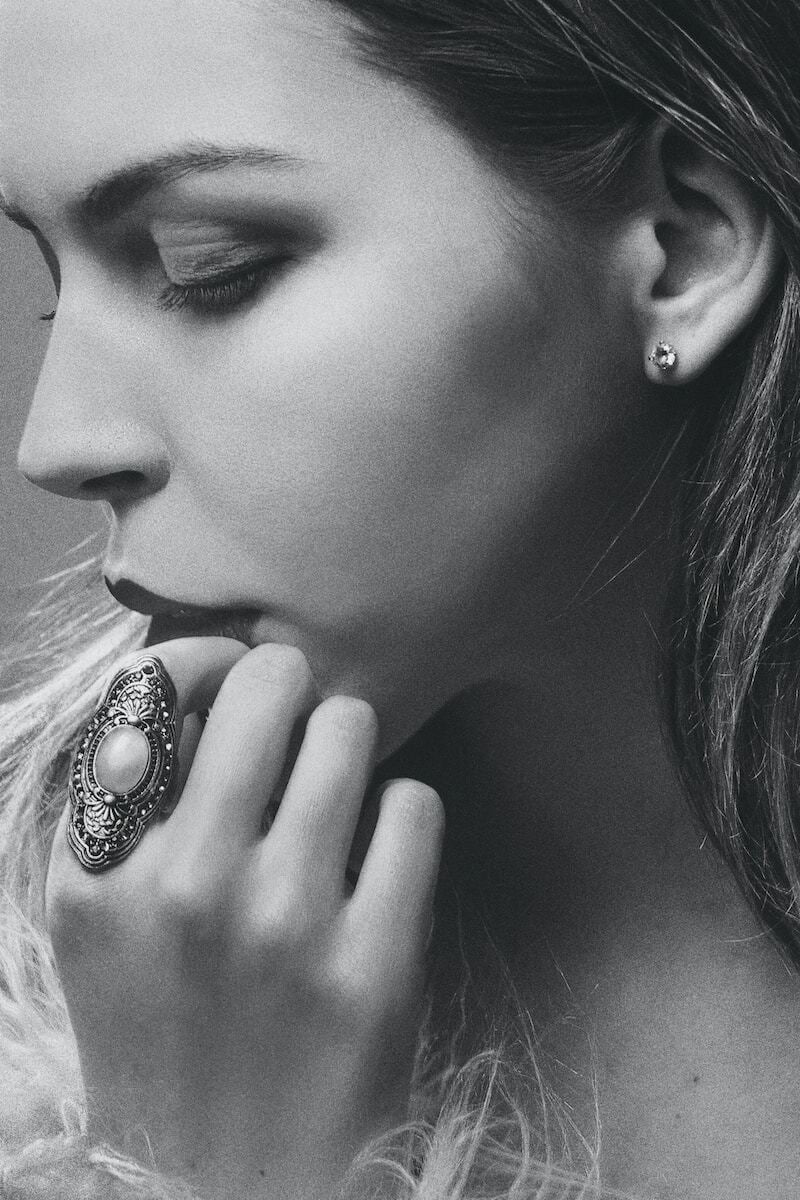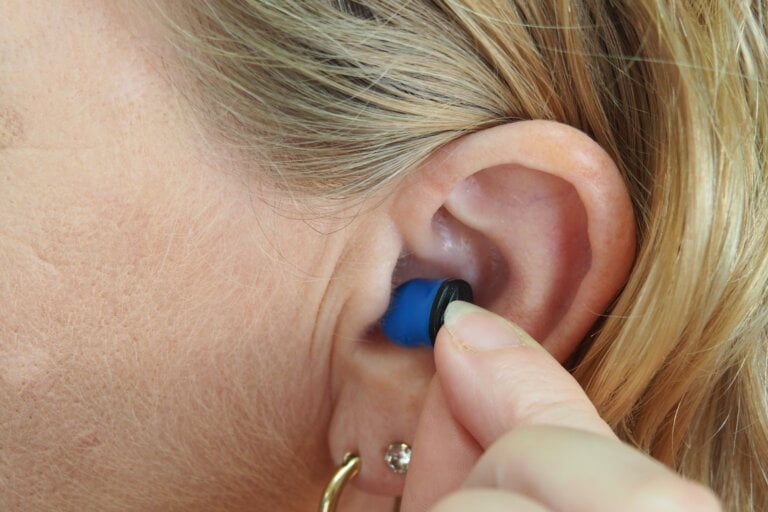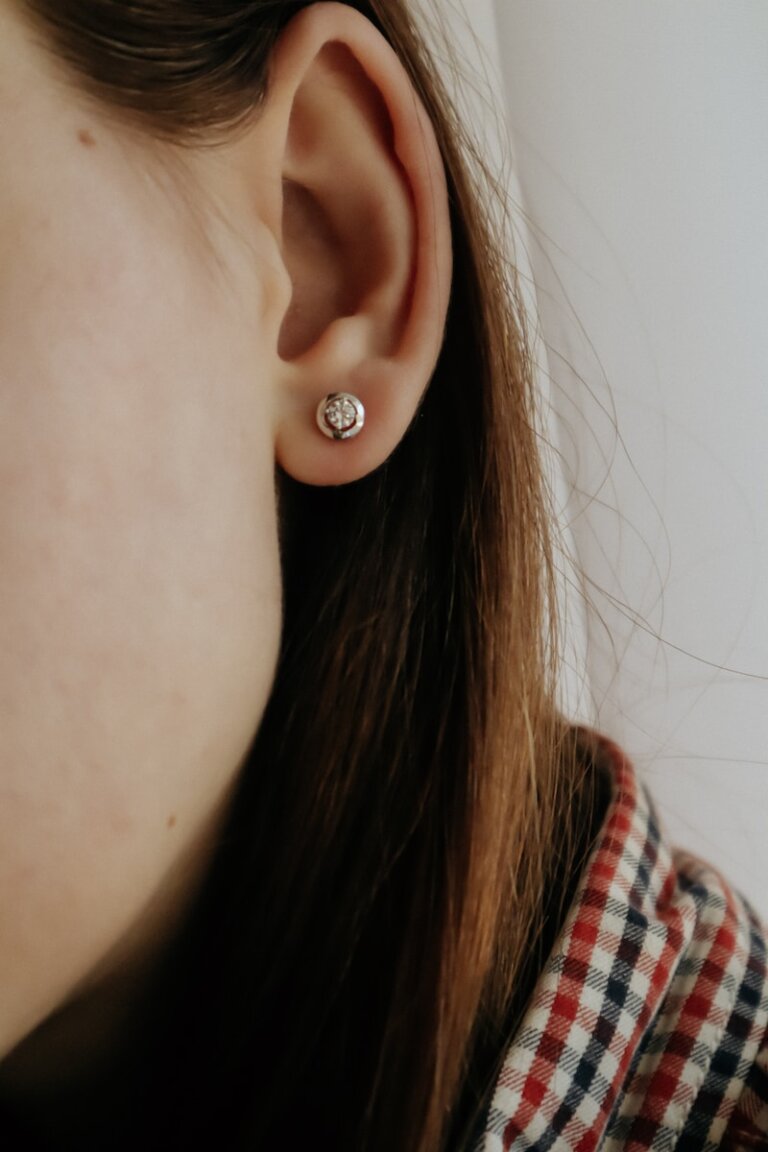Ensuring Comfort and Well-being in the Immediate Aftermath of a Microsuction Procedure
Last Updated on 25th April 2024 by Admin
Microsuction is a common medical procedure used to remove excessive earwax and debris from the ear canal. While the process itself is relatively quick and safe, ensuring the comfort and well-being of the patient in the immediate aftermath is crucial. In this article, we will discuss some essential tips and recommendations to help patients recover and minimize any post-procedure discomfort.
1. Understanding the Procedure
Before delving into the post-microsuction care, it’s essential to understand the procedure itself. Microsuction involves using a suction device and a microscope to remove earwax from the ear canal. This technique is highly precise and effective, allowing trained medical professionals to safely eliminate earwax and debris without causing harm to the delicate structures of the ear.
During the procedure, the medical professional will carefully insert a small suction tube into the ear canal under direct visualization through the microscope. The suction device will gently remove the earwax, ensuring a clear passage for sound to enter the ear. As a patient, it is important to have a basic understanding of the procedure and communicate any concerns or questions to the medical professional.
2. Rest and Relaxation
Following a microsuction procedure, it is advisable to allow the body to rest and relax. Engaging in strenuous activities or exposing the ears to excessive noise should be avoided. Physical exertion and loud noises can put unnecessary strain on the ears, potentially leading to discomfort or even complications.
Resting and relaxing after the procedure allows the body to focus on the healing process. It is recommended to take it easy for at least 24 hours, avoiding activities that may increase blood pressure or strain the ears. This includes activities such as heavy lifting, intense workouts, or exposure to loud music or machinery. By giving the body time to recover, patients can promote faster healing and minimize any potential post-procedure discomfort.
3. Avoid Inserting Objects into the Ears
One crucial aspect of post-microsuction care is to refrain from inserting any objects into the ears. This includes cotton swabs, earbuds, or any other items. It may be tempting to clean the ears or alleviate any residual discomfort by inserting objects, but this can actually do more harm than good.
The ear canal is a delicate structure, and inserting objects can potentially damage the skin or push the remaining earwax further into the canal. This can lead to complications such as infection, impaction, or even injury to the eardrum. It is important to let the ear canal heal naturally and avoid any potential damage or infection caused by foreign objects. If there is a need for cleaning, it is best to consult with a medical professional who can provide proper guidance and recommend safe methods.
- Refrain from using cotton swabs or any other objects to clean the ears.
- Avoid earbuds or headphones that may put pressure on the ears.
- Let the ear canal heal naturally to prevent damage or infection.
4. Keep the Ears Dry
In the immediate aftermath of a microsuction procedure, it is crucial to keep the ears dry. Moisture can interfere with the healing process and increase the risk of infection. To prevent water from entering the ears, it is important to avoid activities such as swimming or showering immediately after the procedure.
If there is a need to bathe or shower, it is recommended to use earplugs to prevent accidental exposure to water. These earplugs create a barrier that keeps the ears dry while allowing the rest of the body to be cleansed. It is also advisable to gently pat the ears dry with a clean towel after bathing to remove any moisture that might have come into contact with the ears.
Keeping the ears dry is essential for optimal healing and to minimize the risk of complications. Moisture can create a favorable environment for bacteria or fungi to thrive, potentially leading to infection. By taking extra precautions to keep the ears dry, patients can promote a smooth recovery process.
- Avoid swimming or showering immediately after the microsuction procedure.
- Use earplugs to prevent water from entering the ears during bathing.
- Gently pat the ears dry with a clean towel to remove any moisture.
5. Use Pain Relievers as Directed
Some patients may experience mild discomfort or pain after a microsuction procedure. If necessary, over-the-counter pain relievers can be used as directed by a healthcare professional. However, it is important to consult with a medical expert before taking any medication to ensure compatibility and avoid potential complications.
Pain relievers such as ibuprofen or acetaminophen can help alleviate any discomfort and reduce inflammation in the ears. It is important to follow the recommended dosage and instructions provided by the healthcare professional. If the pain persists or worsens, it is crucial to seek medical advice for further evaluation and guidance.
- Use over-the-counter pain relievers as directed by a healthcare professional.
- Follow the recommended dosage and instructions.
- Seek medical advice if the pain persists or worsens.
6. Follow Post-Procedure Instructions
Each patient may receive specific post-procedure instructions from their medical professional. These instructions are tailored to the individual’s needs and may include cleaning the ears with prescribed ear drops, applying antibiotic ointment, or using earplugs during sleep.
It is crucial to follow these instructions carefully to optimize recovery and minimize any potential complications. These instructions are designed to promote healing, prevent infection, and ensure the best possible outcome. Failure to follow the post-procedure instructions may delay the healing process or increase the risk of complications.
If there are any uncertainties or questions regarding the post-procedure instructions, it is important to seek clarification from the medical professional. They can provide further guidance and address any concerns to ensure a smooth recovery.
- Carefully follow the specific post-procedure instructions provided by the medical professional.
- Use prescribed ear drops or antibiotic ointment as directed.
- Seek clarification from the medical professional if there are any uncertainties or questions.
7. Monitor for Unusual Symptoms
While some mild discomfort after microsuction is normal, it is essential to monitor for any unusual symptoms that may indicate an issue. It is important to be aware of warning signs that may require immediate medical attention. These symptoms include severe pain, bleeding, excessive discharge, or hearing loss.
If any of these symptoms occur, it is crucial to seek immediate medical attention. Promptly addressing any concerns can help prevent complications and ensure a smooth recovery process. The healthcare professional will be able to evaluate the symptoms, provide appropriate treatment if necessary, and offer further guidance.
- Pay attention to any unusual symptoms such as severe pain, bleeding, excessive discharge, or hearing loss.
- Seek immediate medical attention if any of these symptoms occur.
8. Schedule a Follow-Up Appointment
To ensure the success of the microsuction procedure and monitor the healing process, it is advisable to schedule a follow-up appointment with the medical professional. During this appointment, the healthcare provider can assess the ears’ condition, address any concerns, and provide further guidance if required.
The follow-up appointment allows the medical professional to evaluate the effectiveness of the procedure, ensure proper healing, and address any residual issues. It is an opportunity to discuss any lingering discomfort or questions and receive personalized recommendations for continued care.
- Schedule a follow-up appointment with the medical professional.
- Allow the healthcare provider to assess the ears’ condition and address any concerns.
- Receive personalized recommendations for continued care.
Conclusion
In conclusion, proper post-microsuction care is crucial to ensure comfort and well-being in the immediate aftermath of the procedure. By understanding the process, following the recommended guidelines, and seeking timely medical attention if necessary, patients can enhance their recovery and minimize any discomfort. Remember to prioritize rest, keep the ears dry, and avoid inserting objects into the ears to promote optimal healing. Following these tips and recommendations will help ensure a smooth and successful recovery after microsuction.
Q: What is microsuction?
A: Microsuction is a medical procedure used to remove excessive earwax and debris from the ear canal using a suction device and a microscope.
Q: How should I rest and relax after a microsuction procedure?
A: It is advisable to rest and avoid strenuous activities or exposing the ears to excessive noise for at least 24 hours after the procedure to promote faster healing and minimize discomfort.
Q: Can I insert objects into my ears after a microsuction procedure?
A: No, it is important to refrain from inserting any objects into the ears, including cotton swabs or earbuds, as it can damage the ear canal and potentially lead to complications.
Q: How can I keep my ears dry after a microsuction procedure?
A: To keep the ears dry, it is recommended to avoid swimming or showering immediately after the procedure and use earplugs during bathing. Gently patting the ears dry with a clean towel is also advised.







